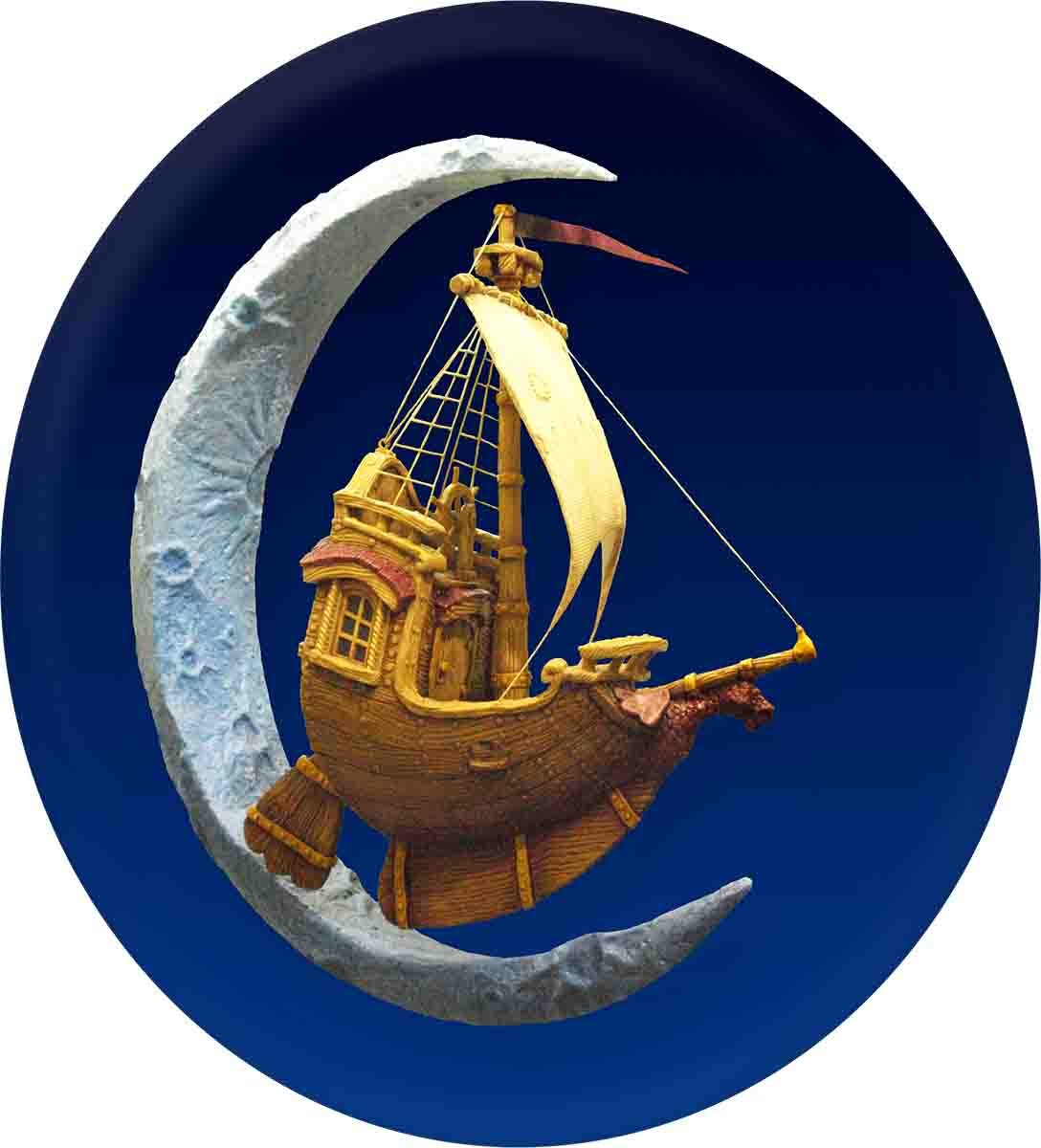In this series of posts, we will follow the construction of the large “underwater” boardroom table we built for a MultiCam dealer’s office and showroom.
This heavy duty board room table is thirteen feet long and features a number of unique details.
The first step was to grind all the oil and primer off the large pipes before cutting and welded them together. Next we built tables feet. We imported the heavy duty levelling adjusters from California. They can hold 20,000 lbs. each — more than enough for this job — and will ensure that the table sits perfectly level when it is installed!
While we were welding and grinding our CNC router was whittling the nameplate for underneath from 30 lbs. Precision Board high density urethane (HDU). The sign was made with two back to back pieces with some 1" material cut to fit around the structural steel in the middle. The steel base will be given a patina of rust as well as a few added sculptural details.













